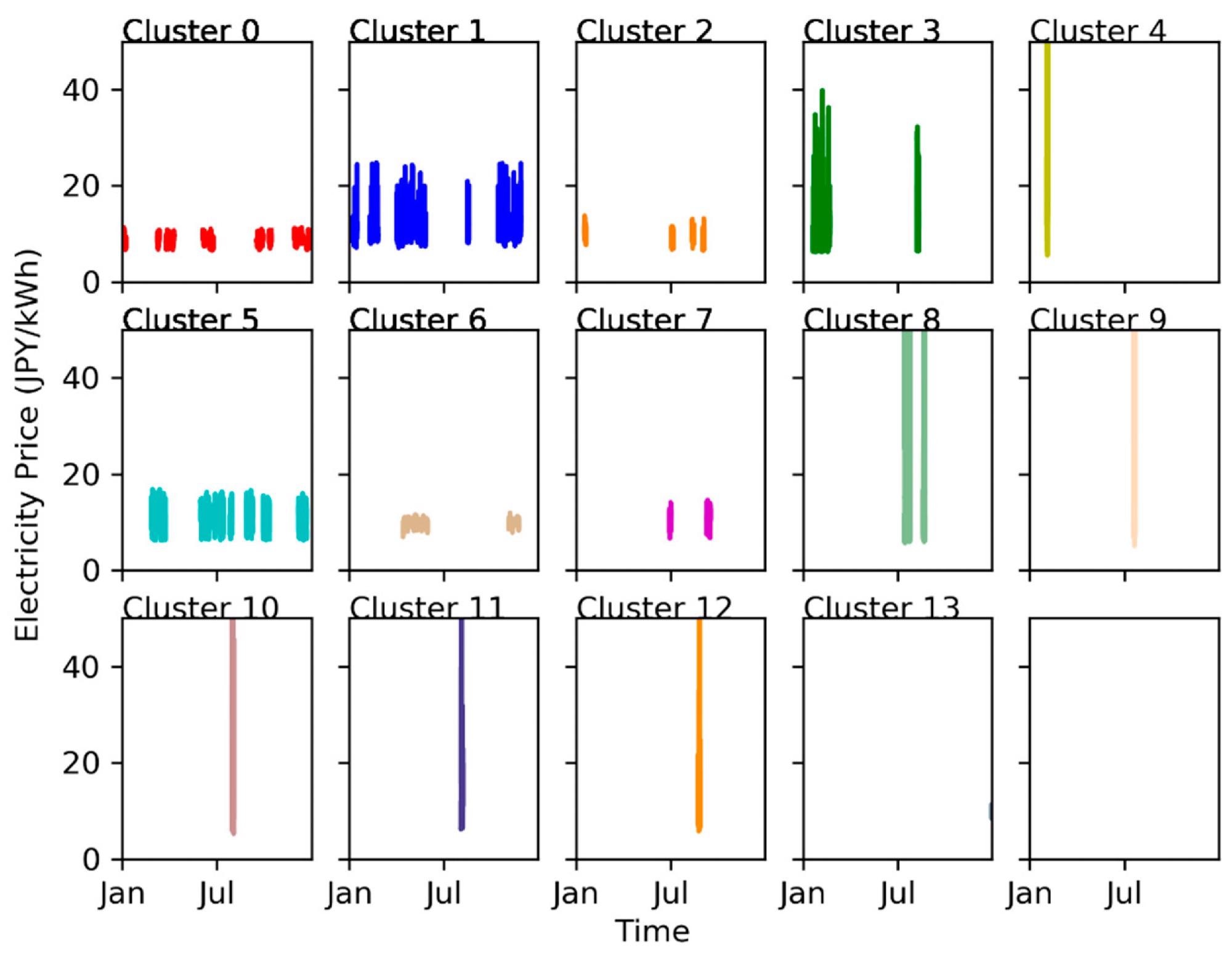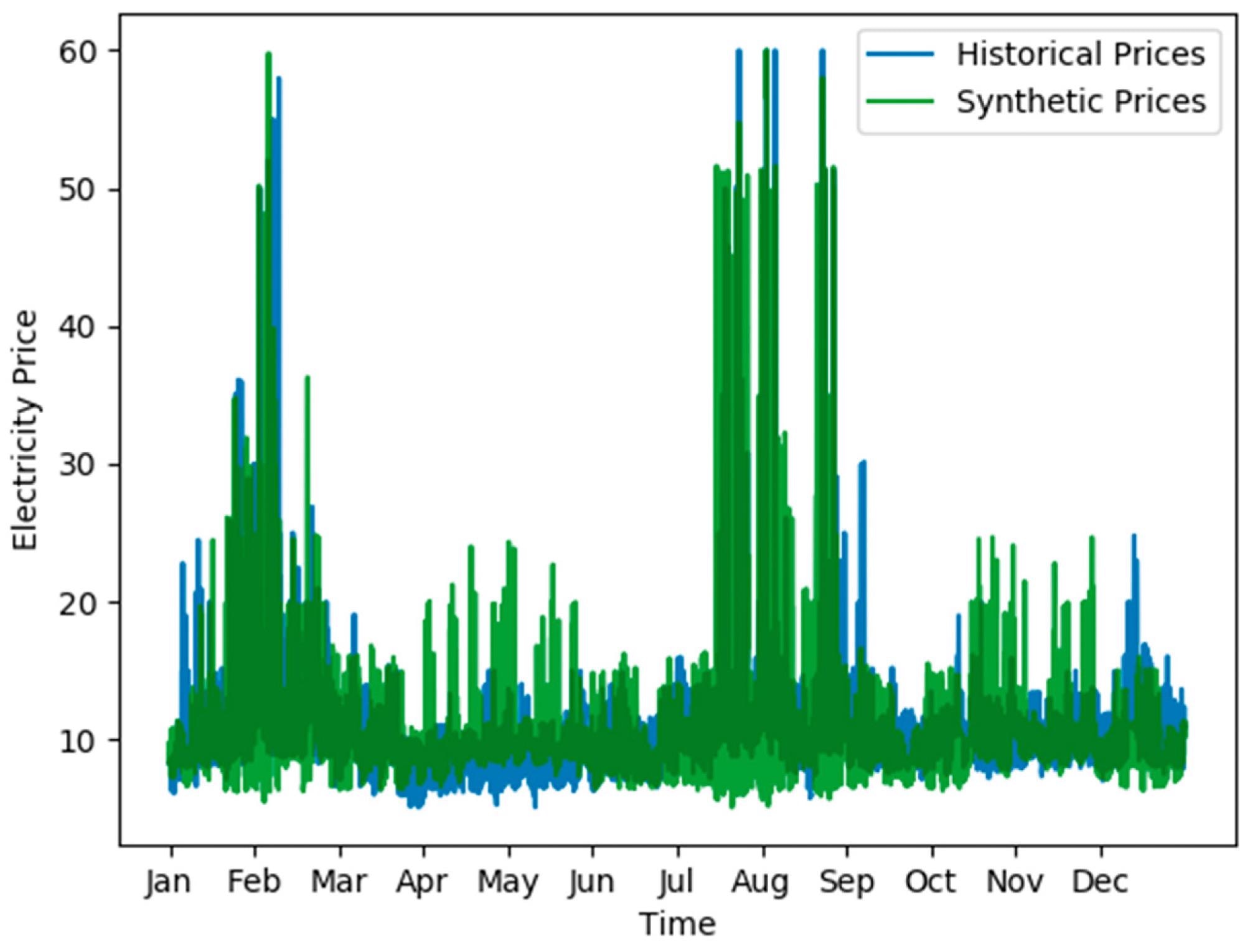To meet the demands of modern society and reduce the environmental damage human activity causes, carbon-free hydrogen has received significant attention as attractive, clean alternative energy and fuel source. To investigate producing clean hydrogen with nuclear energy from an economic perspective, a study has been published in Energies.

Study: Economic Dispatch Model of Nuclear High-Temperature Reactor with Hydrogen Cogeneration in Electricity Market. Image Credit: Scharfsinn/Shutterstock.com
Hydrogen: A Future Clean Energy Source
As nations seek to decarbonize their economies in line with internationally agreed emissions reduction targets, the search for alternative energy sources to fill the gap left by reducing fossil fuel use is of pressing concern.
Hydrogen has emerged as a forerunner in this search, as it has the potential for being a clean, sustainable, inexhaustible source of power and a flexible load source. However, much of the hydrogen currently produced in the world is produced from fossil fuels, with the most common source being natural gas. This dichotomy between its greenhouse gas emitting production and its stated aims as a clean energy source has driven the need to develop alternative means of clean hydrogen production.
![General schematic of the HERON dispatch model workflow [15].](https://www.azom.com/images/news/ImageForNews_57694_16395661344407581.jpg)
General schematic of the HERON dispatch model workflow. Image Credit: Richards, J et al., Energies
Using Nuclear Power to Produce Hydrogen
Using renewable energy sources such as solar and wind power to produce hydrogen has received significant research attention in recent years. Additionally, “blue” hydrogen, where a carbon capture element is included in the production process, has also been explored as a clean hydrogen production method.
Recently, the potential to produce hydrogen with nuclear power, which provides 10% of the world’s energy needs according to world-nuclear.org, has been explored by several research teams worldwide. Several nuclear hydrogen configurations are in development currently. An integrated energy system for nuclear power can help it compete with cheap fossil fuels and the declining cost of renewable energy. Producing hydrogen can help nuclear power plants diversify revenue streams and increase profitability.
Producing Hydrogen Using the Sulfur-Iodine Cycle
A method to produce hydrogen from nuclear energy that has shown promise is coupling a nuclear heat source with an iodine-sulfur cycle. In this process, a Bunsen reaction is used to convert water, iodine, and sulfur dioxide into hydrogen iodide and sulfuric acid. Hydrogen iodide is split into hydrogen and iodine, and sulfur dioxide is split into water, oxygen, and sulfur dioxide. Thus, the cycle is completed, and hydrogen is recovered for future use as an energy source.

Four-day segments plotted by cluster, as produced by RAVEN when training the FARMA. Image Credit: Richards, J et al., Energies
However, there are challenges associated with this process that hinder its commercial deployment. These challenges include high heat input (over 800oC) and specific material requirements. Catalysts, reagents, and the need to avoid exposure of materials used in equipment to corrosive, acidic environments facilitate the choice of specialist materials and design elements for hydrogen production with this method.
Developing Nuclear-Powered Hydrogen Production Systems: A Technical and Economic Perspective
The paper published in Energies has looked at the production of hydrogen from nuclear power using the iodine-sulfur cycle. An economic dispatch model was developed and used to investigate its commercial viability as an alternative energy source. The study aimed to determine the sale price of hydrogen and how this would influence the profitability of such a system and how this would help meet decarbonization targets in Japan.
Japan is particularly reliant on imported energy, and the demand for hydrogen as the nation moves away from fossil fuels is likely to be significantly met by imported hydrogen. Therefore, a domestic source of hydrogen would be economically advantageous for the country. Producing clean hydrogen at a cost that is competitive with fossil fuels will help the nation diversify its energy mix.
The research paper has studied Japan’s HTTR-GT/H2, a hybrid nuclear power/hydrogen production system currently undergoing testing. The design for this proposed hydrogen production system includes an intermediate heat exchange system that provides heat for the nuclear-powered iodine sulfide reaction to produce hydrogen. A turbine to generate electricity is also proposed for the system. The system can be used to dispatch or sell either electricity or hydrogen, depending on demand and economic incentives.

Historical 2018 Tokyo region electricity prices plotted against the synthetic time history produced by sampling the RAVEN FARMA. Image Credit: Richards, J et al., Energies
Whilst significant work has been carried out to study the technical design of the system, the study in Energies focuses on the development of an economic model and the role data plays in calculating the final economic values. The sale price for hydrogen production to break even has been estimated as equal to or greater than 98.1 JPY/m3. A historical time curve was used to estimate this. Using synthetic time histories, the breakeven sale price or levelized cost of hydrogen was found to be 67.5 JPY/m3.
The authors have cautioned that care must be taken with the economic dispatch analyses in the research to select reasonable input associations as it highly depends on these. The authors have indicated that dispatching electricity and hydrogen under the right conditions could be more economically advantageous than generating electricity alone, although challenges exist with realizing this, and more research is needed.
Further Reading
Richards, J et al. (2021) Economic Dispatch Model of Nuclear High-Temperature Reactor with Hydrogen Cogeneration in Electricity Market [online] Energies 14(24) | mdpi.com. Available at: https://www.mdpi.com/1996-1073/14/24/8289/htm
Disclaimer: The views expressed here are those of the author expressed in their private capacity and do not necessarily represent the views of AZoM.com Limited T/A AZoNetwork the owner and operator of this website. This disclaimer forms part of the Terms and conditions of use of this website.